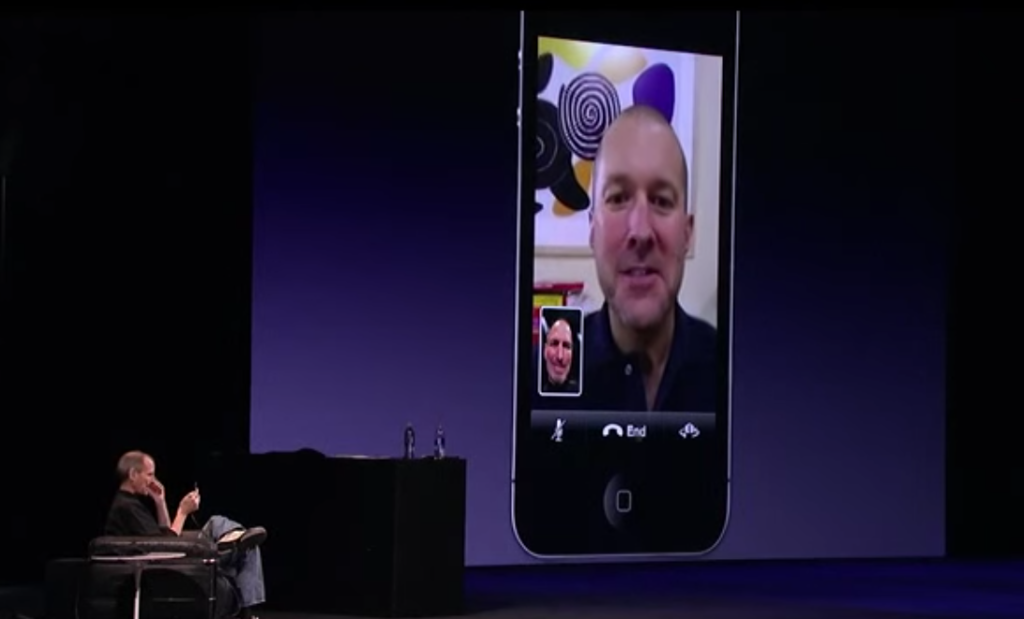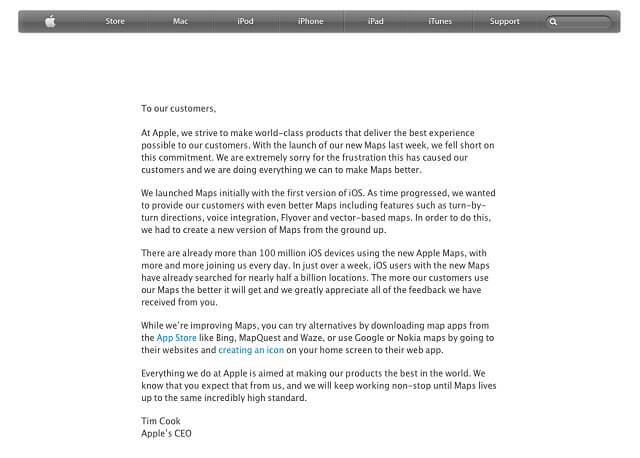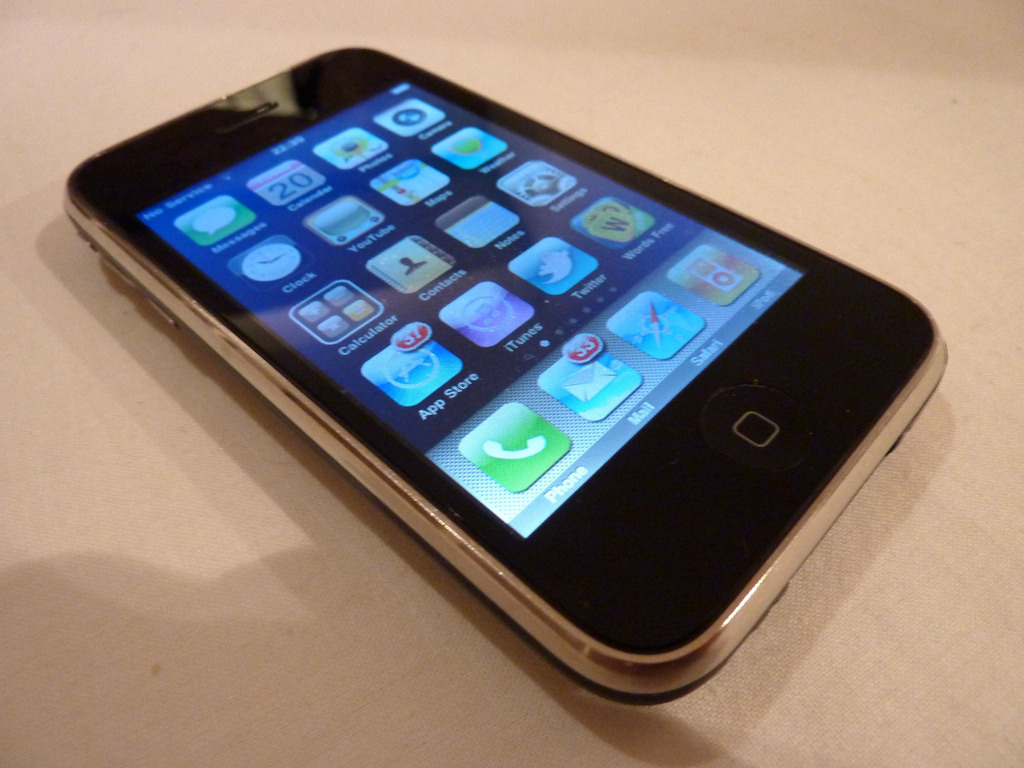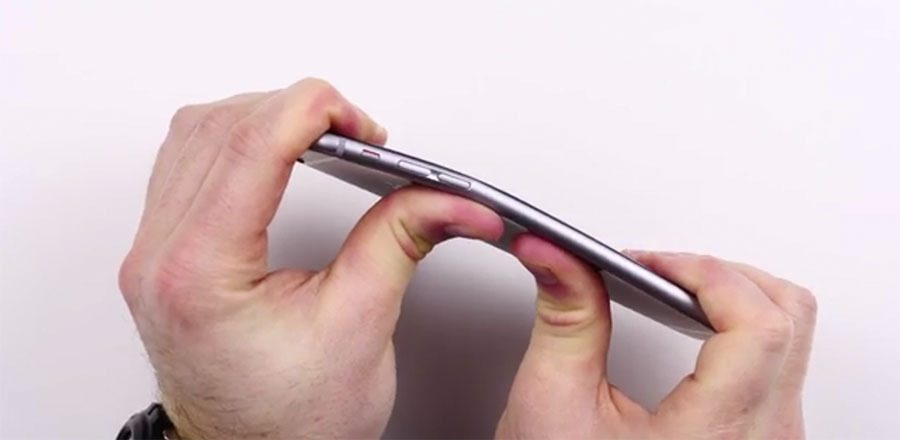5 High Points And 5 Low Points In The iPhone Decade
Ten years ago today, Apple introduced a product that was designed to serve as not only a music player, but a phone that could go on the internet — the iPhone. In the decade since, the company has surfed some huge news waves, sometimes riding high, and other times, totally wiping out.
We thought it would be a good time to reflect on where the iPhone has been in its short life, the highs the company experienced as well as the lows. From the first time anyone camped outside for an iPhone and the first iPhone selfie, to the “Death Grip” antenna debacle and “Bendgate,” Apple has certainly taken consumers to unexpected places.
High Points
1. The First iPhone
“Every once in a while a revolutionary product comes along that changes everything,” Apple co-founder Steve Jobs told the audience at the iPhone’s introduction in San Francisco on Jan. 9, 2007. It wasn’t just a widescreen iPod with touch controls, or a “revolutionary” mobile phone, or a “breakthrough internet communications device,” no, “this is one device,” Jobs said to cheers from those assembled.
Of course, Jobs would brag about the company’s new product, but listening to the audience cheering, applauding, and oohing and aahing over the iPhone’s features, you know people believed the iPhone would be a game changer.
Indeed, Consumer Reports wrote at the time that for Apple to enter the smartphone market, “it would have to be with a technology that is both transformative and disruptive. The new Apple iPhone, set to ship this coming June, is poised to be that rule breaker.”
Meanwhile, we at Consumerist wondered if the iPhone would be the next Zune. It was not, so congratulations, Apple.
2. iPhone 3G Sells A Million Units In One Weekend
The second iPhone Apple introduced, the iPhone 3G, was half as expensive as its predecessor — at only $199 for an 8GB device, instead of $599 with a phone contract. That worked magic for Apple’s sales numbers, with the company reporting it sold a million units in its first weekend on sale. By comparison, it took 74 days for the first iPhone to hit that figure, Consumer Reports notes in a great post about the iPhone’s history.The 3G was introduced with a pretty noteworthy feature as well: the App Store. We wouldn’t be able to play SugarFreekChocolateSodaBingBang without it.
3. The iPhone Becomes A Selfie Machine

via YouTube
4. The World Meets Siri

In Oct. 2011, Apple heralded the arrival of the iPhone 4S, which came loaded with a new virtual assistant named Siri, who got her voice from a woman named Susan Bennett. Finally, we could talk to technology and have it talk back, Apple announced at the event. iPhone users could ask Siri about the weather, the six wives of King Henry VIII, or where the closest liquor store could be found, as well as existential questions like, “Why am I here?” Siri still doesn’t have a great answer for that one: “Good question,” she said today.
5. The “World Phone”
The iPhone 4S was the last model before the iPhone –– and the world –– began switching to LTE, and all phones were theoretically capable of using both the GSM (AT&T, T-Mobile, most international carriers) and CDMA (Verizon, Sprint, a few international carriers) bands. That meant Verizon and Sprint’s phones came with a slot for a GSM SIM card, which would allow users access to a wider variety of international carriers. Though we’re counting this as a good thing — since you could take your phone anywhere in the world and use it — it was also a bit annoying because the phones could only be unlocked for international use, and not so you could switch to another carrier and bring your phone with you.
The Lows
Image courtesy of 713 Avenue1. The “Death Grip” Design Flaw
It hasn’t been all selfies and funny Siri questions, however. Apple found itself on Consumer Reports’ bad side in 2010 with the iPhone 4, when our sister publication said it wouldn’t recommend the device until the company fixed a design flaw known as the “Death Grip”: owners were reporting that when they held their phone up to their head to make a phone call, as one does, the phones would suddenly drop their network connections. Consumer Reports backed this claim up with tests that found the drop in signal strength when holding the phone had “a significant effect on both call success and quality.”
At first, Apple’s advice to fix the problem was to slap some tape on that sucker: “Cover the antenna gap with a piece of duct tape or another thick, non-conductive material.” Eventually, however, CEO Steve Jobs offered a full refund for the phones, as well as a free case.
2. Everyone Hates Apple Maps
 With the introduction of the iPhone 5 in 2012, Apple replaced the default Google Maps app that had come loaded on previous phones with its own Maps service. Almost immediately, CEO Tim Cook found himself having to apologize to customers angry about the bug-ridden app. Some of the complaints included geographical errors and missing information, as well as a lack of features many customers love in Google Maps like public transit directions.
With the introduction of the iPhone 5 in 2012, Apple replaced the default Google Maps app that had come loaded on previous phones with its own Maps service. Almost immediately, CEO Tim Cook found himself having to apologize to customers angry about the bug-ridden app. Some of the complaints included geographical errors and missing information, as well as a lack of features many customers love in Google Maps like public transit directions.
“We are extremely sorry for the frustration this has caused our customers and we are doing everything we can to make Maps better,” Cook said in a letter to customers, going on to point out some other, perhaps better, options, like “Bing, MapQuest and Waze, or use Google or Nokia maps by going to their websites and creating an icon on your home screen to their web app,” Cook wrote.
By the end of the year, however, Google Maps were once again allowed back into the App Store.
3. Disappointment Comes In Candy Colors
 The fall of 2013 marked the first time Apple decided to sell a “cheap” version of its phone, the 5c, which for some reason unbeknownst to everyone, came in a variety of candy colors instead of the usual metallic hues.
The fall of 2013 marked the first time Apple decided to sell a “cheap” version of its phone, the 5c, which for some reason unbeknownst to everyone, came in a variety of candy colors instead of the usual metallic hues.
The company called them “beautifully, unapologetically plastic” shelled things, but consumers apparently didn’t have much of a sweet tooth, as retailers were working hard to unload the 5c: only a few months after its release, retailers started chopping prices for the iPhone 5c in an attempt to rid the world of its candy-colored stain.
4. iPhone 6 Comes With U2 Album Whether You Want It Or Not
 In Sept. 2014, Apple unveiled the iPhone 6, and a group of middle-aged Irish guys with a little band called U2 decided it would be a good idea to force-place their new album onto those devices without asking if those people wanted it, and without initially giving those iPhone users a way to remove the songs. After a bit of reflection, U2 realzed that maybe this wasn’t the brightest publicity move. Lead man Bono apologized, saying he was “sorry about that,” and that the band “might have got carried away with it ourselves.”
In Sept. 2014, Apple unveiled the iPhone 6, and a group of middle-aged Irish guys with a little band called U2 decided it would be a good idea to force-place their new album onto those devices without asking if those people wanted it, and without initially giving those iPhone users a way to remove the songs. After a bit of reflection, U2 realzed that maybe this wasn’t the brightest publicity move. Lead man Bono apologized, saying he was “sorry about that,” and that the band “might have got carried away with it ourselves.”
5. Bendgate
The iPhone 6 Plus had only been on sale for a few days when a guy posted a video showing how easily he could bend the device with his bare hands. Thus, Bendgate was born, with some owners complaining that the devices were bending while in their pockets.Consumer Reports weighed in with its own investigation, and found that “both the iPhone 6 Plus and the smaller iPhone 6 proved more rigid than YouTube videos suggested,” though they were “less rugged than the iPhone 5 and phones from Samsung and LG” used for comparison.
Eventually, Apple promised to replace bent devices once a Genius had conducted a “Visual Mechanical Inspection” to judge whether the phone was bent or not.
Want more consumer news? Visit our parent organization, Consumer Reports, for the latest on scams, recalls, and other consumer issues.



